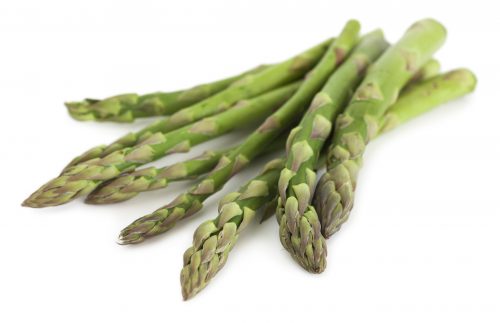
Of the 300 or so varieties of asparagus, only about 20 are edible. While green asparagus is grown above ground, white asparagus is grown underground (the lack of chlorophyll giving the vegetable its colour). White asparagus has a delicate flavour. Purple asparagus is smaller, sweeter and more tender than the green and white varieties – and often eaten raw. To keep the purple colour, cook briefly with a little lemon juice or vinegar added to the cooking water.
Buying and storing
Choose firm, tender asparagus spears and store asparagus upright with stems in water or with the ends wrapped in a damp, paper towel. Or refrigerate asparagus in a sealed plastic bag until used.
Nutrition
Asparagus is a rich source of folate and adds fibre to our diets.
Using asparagus
Asparagus can be served hot or cold and needs only minimal cooking time (if any). Every part of the vegetable can be used. Trim tough ends prior cooking and use to flavour soups or stocks (or add remaining asparagus to soups). Team asparagus with complementary cheese, eggs or pasta or simply throw the spring vegetable on the barbecue or in a salad. Or try:
Asparagus and ricotta salad with mint vinaigrette
Chicken spaghetti with asparagus and roasted mushrooms
Asparagus and courgette fritters with dill cream
Did you know? Not everyone produces more ‘fragrant’ urine after consuming asparagus – it’s a case of some people do, while others don’t. Also, some people can detect the unusual odour, while others can’t – even if they are producing it!
www.healthyfood.com










